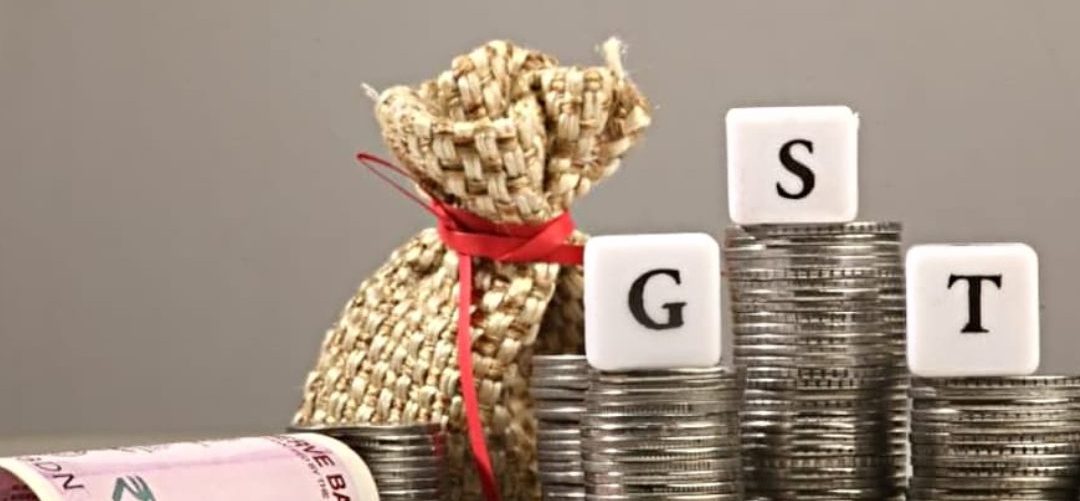The last five years of the GST trip have been analogous to the Samudra Manthan, which began with the unpleasant parts of change but gradually provided the honey of increasing income. Many of those who complained about GST’s early problems may have forgotten what the indirect tax situation was like before its implementation: the multiplicity of Center and state levies that obscured the actual incidence of tax on products, the crippling effects of the entry tax, and the uncertainty of tax rates.
Don’t Miss |GST: Five Years Stronger
In contrast, we now have a single tax across the country, as well as rate stability and a shared technological platform in the form of a GSTN, where important business procedures such as registration, payment of taxes, and filing of returns are completed electronically and transparently. The simplicity of payment has gradually improved as technical issues have been ironed out, resulting in a record number of GST registrants – growing from 1.08 crore in April 2018 to 1.36 crore in 2022.
The revenue gains have been substantial. When the data from 2020-2021 is compared to the data from 2021-2022, the proportion of GST collected to GSDP (Gross State Domestic Product) rises from 5.8 percent to 6.4 percent. If we consider the RBI’s proposed three-percentage-point reduction in the incidence of GST tax from 14.8 to 11.8 percent, the real proportion in 2021-2022 would have been 7.4 percent of GDP (according to a recent article by Arvind Subramanian and Josh Felman). If this trend continues, GST revenues will assist the government in reaching a tax/GDP ratio of 20% in the medium future, which would be a significant accomplishment.
A large part of this improvement may be attributed to stricter compliance as a result of three causes. First, the buyer was denied input credit since the supplier did not upload the invoice. The second step is the implementation of e-invoicing. Third, is the implementation of e-waybills for carriers with consignments worth more than Rs 50,000. Another unacknowledged element is better cooperation in compliance checks between the Central Board of Excise and Customs (CBIC) and the Central Board of Direct Taxes (CBDT). An equally noteworthy accomplishment is the wide explanation of the anticipation that GST, as a destination-based tax, will aid in fiscal justice by increasing revenues in states that consume less.

